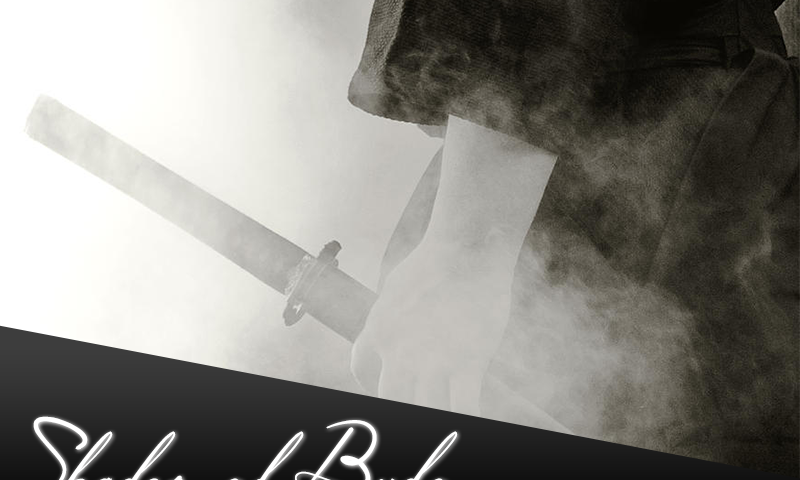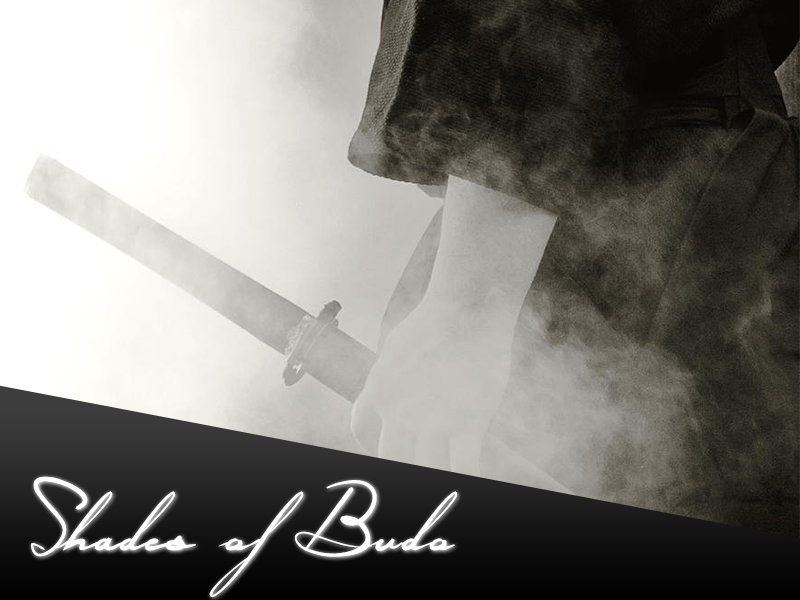
The Instructor
21/03/2017Several colleagues who work as professional martial arts instructors, or to put it differently, who make a living through this profession, will usually be observant of the events transpiring within the field. Participating myself to this procedure for quite some time now – by reading, listening and discussing – I discovered many things that estrange me; things I don’t feel are appropriate to the art we all ethically advocate for, by all means necessary, rending our clothes on multiple occasions to this purpose.
From my point of view, I can say that not everything is black and white, but oftentimes things are simply a shade of grey. It was this thought which led me to come up with the title “Shades of Budo”, so that I may be reminded that everything can have an aspect that I am not aware of.
Hence, I will start writing an article on a monthly basis, addressing the aspects that estrange me in the martial arts field, as well as in the art which I, personally practice, Aikido. I hope that these articles will initiate a beneficial dialogue that will, in some magical way, make us all better individuals.
ON KNOWLEDGE
During the recent 1st United Aikido Dojos congress, once the physical practice session was completed, a class of theory followed. It was addressed to students ranked 3rd kyu or higher, as well as to instructors, its subject being no other than the exams. It was the first part of three theoretical modules on exams, a topic which raises many questions and causes misunderstandings with people who don’t experience this procedure from the instructor’s perspective.
Thus, there are three main sections:
- What is the purpose of the exams and what are the necessary “ingredients” for a successful examination procedure.
- What are the attributes of a well-prepared student, how do we prepare her/him for her/his kyu level in detail, depending on the kyu.
- Dan examinations. Curriculum, structure, other skills, stamina and psychological discipline in case the candidate is asked to perform techniques from previous kyu ranks etc.
So, let us begin… All of us who have been involved with traditional and modern martial arts know that the examination procedure as we know it today is the creation of the founder of judo, Jigoro Kano, given that, previously, there was no such thing as testing. All traditional martial arts had the grades of Mokuroku and Menkyo (there are others as well but these two are of interest for us, right now). To put it simply, when students earned the rank of Menkyo, they had to leave their school and start teaching as they had reached a satisfactory level of knowledge regarding the art, thus being qualified to instruct. This was to preserve the art and pass it on to future generations.
Of course, all this is about the past. Let us then wonder why we have exams today. Before you carry on reading try to think and write down what the reasons are, in your opinion, then compare them with what you will read further on. (I usually ask my students for the answer before concluding the theory lesson so that I can hear and learn something I might never have thought of before).
In my opinion and in the opinion of the different sensei I have asked over the course of years, exams are conducted:
- In order to preserve the legacy of the art and transmit it as genuinely as possible to the next generations. We can achieve this through a comprehensive exams syllabus which contains as much of the curriculum as possible.
- As a reward for the practitioner’s effort to be present and practice in this particular field. In the old days, there was no such need since the mere fact of being accepted into a traditional koryu was honourable enough. More so, the concept of rewarding is rather inherent in the western world as opposed to the eastern world.
- Through the exams, every new member is fully integrated in the family of the school, thus starting to fully grasp the obligations and benefits that stem from getting involved with the art.
We all begun practicing martial arts for different reasons, (to improve one’s self-confidence, to lose weight, to consolidate a new beginning in life, to socialize, because of having a low self-esteem etc.). In the case of instructors and those who continue practicing for years, I would like to believe that it is due to the love for what we do. And as I oftentimes say in my school, everyday life is not that different from the small community of the dojo.
Agreeing on this, we will then swiftly contemplate on the following: “when you love something, no matter what it is, you don’t trivialize it, do you?” How is it then, that someone can actually trivialize a martial art? By lowering or changing the standards of what they teach in order to be likeable and have customers! During the last years, we have seen many martial arts systems that produce instructors in 1 to 2 years as well as 4th Dan express-tests lasting but 20 minutes! Can anyone learn to speak a language fluently in 1 or 2 years only? Do we see ourselves obliged to adjust our art to the fast paced rhythms of today’s modern society in order to “catch up” with its momentum? Several influential masters have mentioned that the preservation of an art form does not require many students but few and devoted disciples. Do we wish to preserve, and, transmit the art even better than it was given to us, to the extent that we can, or are we to “sale on discount” for our personal survival?
As for aikido, we can witness many differences in the syllabi and volume of the exams; for example, the syllabus of one school could have 7 techniques required for receiving the 2nd kyu while another could require 20. Something similar applies to the Dan testing, a fact which, in my opinion, results in a lack of cohesion in the field of aikido, given the fact that when one reaches the rank of Dan, one is capable of teaching in one’s sensei’s school or open their own in the future. There is also the possibility for one school to include weapons practice whereas another school does not; more so, depending on the level, one syllabus might contain kaeshi waza/oyo waza/henka waza, while another one might not include any of them. In particular, during an aikido festival where I was invited as an instructor a couple of years ago, I included kaeshi waza techniques; I was thoroughly surprised to see how bewildered many of the participants looked, a fact that perplexed me all the more given the fact that besides the beginners there were also advanced students!
My opinion is that if we love what we do, we need to protect it and not adjust it to fit those who come to our school in order to “have customers”. Once, a student coming from another school where weapons were not included in the syllabus, asked me: “Can’t I be tested, weapons excluded”? My answer was: “Aikido is not my property so I cannot adjust it to everyone’s preference. It is an art which I try to transmit as intact as possible, that’s all”. Of course, he never showed up again. This isn’t just some random event: having discussed with fellow instructors from other martial arts systems, the most frequent reasons for a student to leave a school are for her/him to fail in the exams and an instructor’s bad behavior. This is why, at this point, we should wonder: are we supposed to be “nice” for our own best interest or “honest” toward the art we serve and toward ourselves?
Panagiotis Agrios
United Aikido Dojos Chief Instructor


